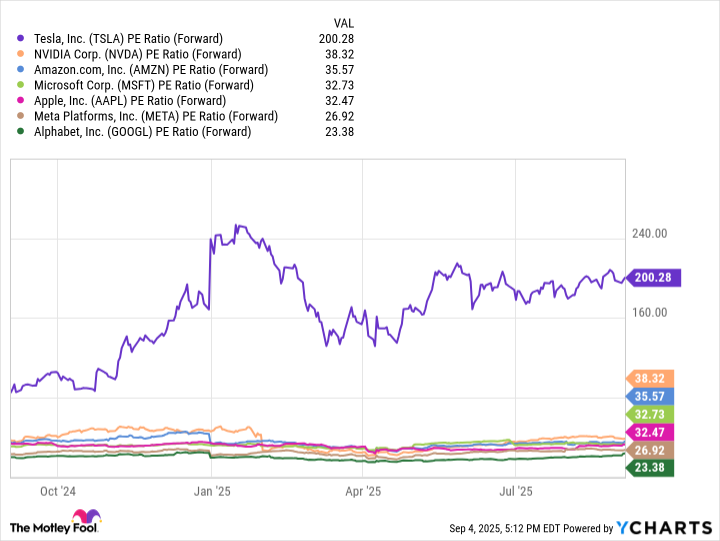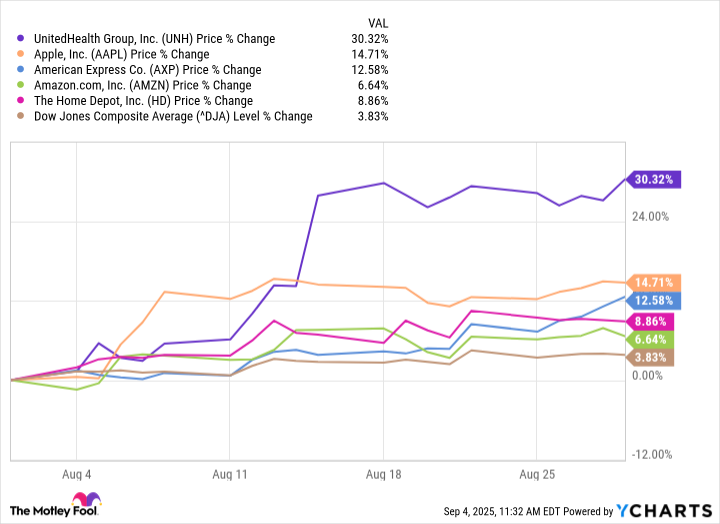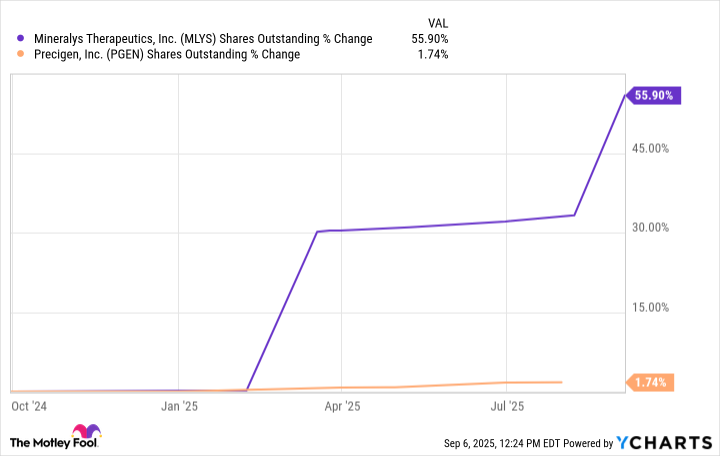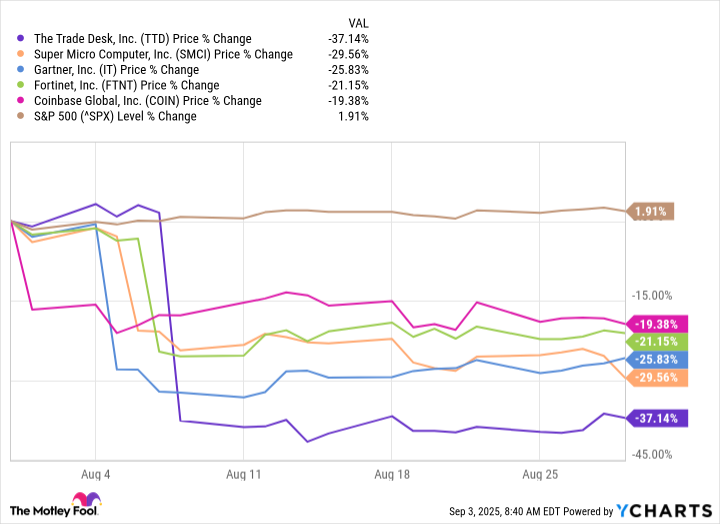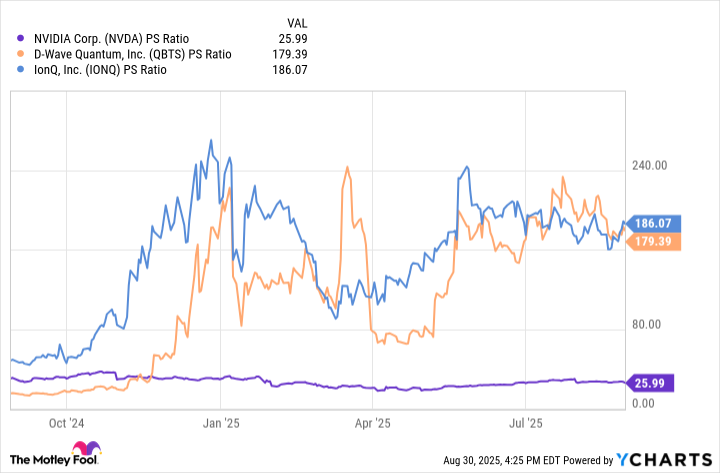Here Are My Top 3 High-Yield Energy Dividend Stocks to Buy Now
These energy stocks pay high-yielding dividends that steadily grow.
The energy sector is a great spot to find high-quality, high-yielding dividend stocks. It has the highest dividend yield in the S&P 500 index at 3.4%, nearly three times higher than the index (1.2%). Many energy companies have built resilient businesses that can withstand the volatility of energy prices, putting their high-yielding payouts on very sustainable foundations.
My top three energy stocks for dividend income right now are Energy Transfer (ET -0.23%), Chevron (CVX -0.64%), and Brookfield Renewable (BEPC 0.21%) (BEP 0.92%). These companies offer high-yielding and steadily rising payouts backed by strong financial profiles.
Image source: Getty Images.
A very low-risk, high-yielding payout
Energy Transfer currently has a yield of more than 7.5%. The master limited partnership (MLP), which sends investors a Schedule K-1 Federal Tax Form, backs that payout with a very strong financial profile. It generates very stable cash flow as fee-based agreements supply 90% of its annual earnings. The company produced nearly $4.3 billion in cash during the first half of this year, $2 billion more than it distributed to investors. Energy Transfer retained that surplus cash to invest in organic expansion projects and maintain its strong financial profile.
The MLP’s leverage ratio is currently in the lower half of its 4 to 4.5 times target range. That puts Energy Transfer in the strongest financial position in its history. This provides it with ample financial flexibility to invest in organic expansion projects and make strategic acquisitions.
Energy Transfer expects to invest $5 billion in growth capital projects this year, with the majority of these projects coming online by the end of next year. They’ll provide the MLP with meaningful incremental cash flow. It recently approved several more projects, including the $5.3 billion Desert Southwest Pipeline that should enter service by the end of the decade. These growth projects support its plans to increase its cash distribution to investors by 3% to 5% annually.
The fuel to grow into the 2030s
Chevron‘s dividend yield is approaching 4.5%. The oil giant backs its high-yielding dividend with one of the most resilient portfolios in the oil patch. Chevron currently has the industry’s lowest break-even level at $30 a barrel. It also has a fortress financial profile, with one of the lowest leverage ratios in the sector. At less than 15%, Chevron is comfortably below its 20% to 25% target range.
The oil giant expects to deliver a massive amount of additional free cash flow over the coming year. A combination of recently completed expansion projects, its Permian Basin development program, and cost savings initiatives could add $10 billion of incremental free cash flow from its legacy portfolio next year. Meanwhile, its acquisition of Hess will provide an additional $2.5 billion boost to its free cash flow in 2026.
Chevron’s Hess deal extends and enhances its free-cash-flow growth outlook into the 2030s. Meanwhile, the company is investing in building several new energy businesses, including lithium. These growth drivers should give it plenty of fuel to continue increasing its dividend, which it has done for 38 straight years.
The powerful dividend growth should continue
Brookfield Renewable’s dividend yield is also approaching 4.5%. The global renewable energy producer backs that payout with very stable and predictable cash flow. It sells about 90% of the power it produces to utilities and corporations under long-term power purchase agreements (PPAs) with an average remaining term of 14 years. Those PPAs index 70% of its revenue to inflation.
The company expects its existing portfolio to deliver annual funds from operations (FFO) growth of 4% to 7% per share through the end of the decade. It will benefit from inflation-linked rate increases and margin enhancement activities such as signing new PPAs at higher market prices as legacy ones expire. Brookfield also expects to continue investing in growing its portfolio through development projects and acquisitions. The company’s numerous growth drivers should increase its FFO per share by more than 10% annually.
Brookfield’s growing earnings should support 5% to 9% annual dividend increases. That aligns with its historical trend of growing its payout at a 6% compound annual rate since 2001.
Top-notch energy dividend stocks
Energy Transfer, Chevron, and Brookfield Renewable pay high-yielding and steadily rising dividends backed by strong financials and visible growth profiles. Those features make them my top energy stocks to buy for dividend income right now.
Matt DiLallo has positions in Brookfield Renewable, Brookfield Renewable Partners, Chevron, and Energy Transfer. The Motley Fool has positions in and recommends Chevron. The Motley Fool recommends Brookfield Renewable and Brookfield Renewable Partners. The Motley Fool has a disclosure policy.








